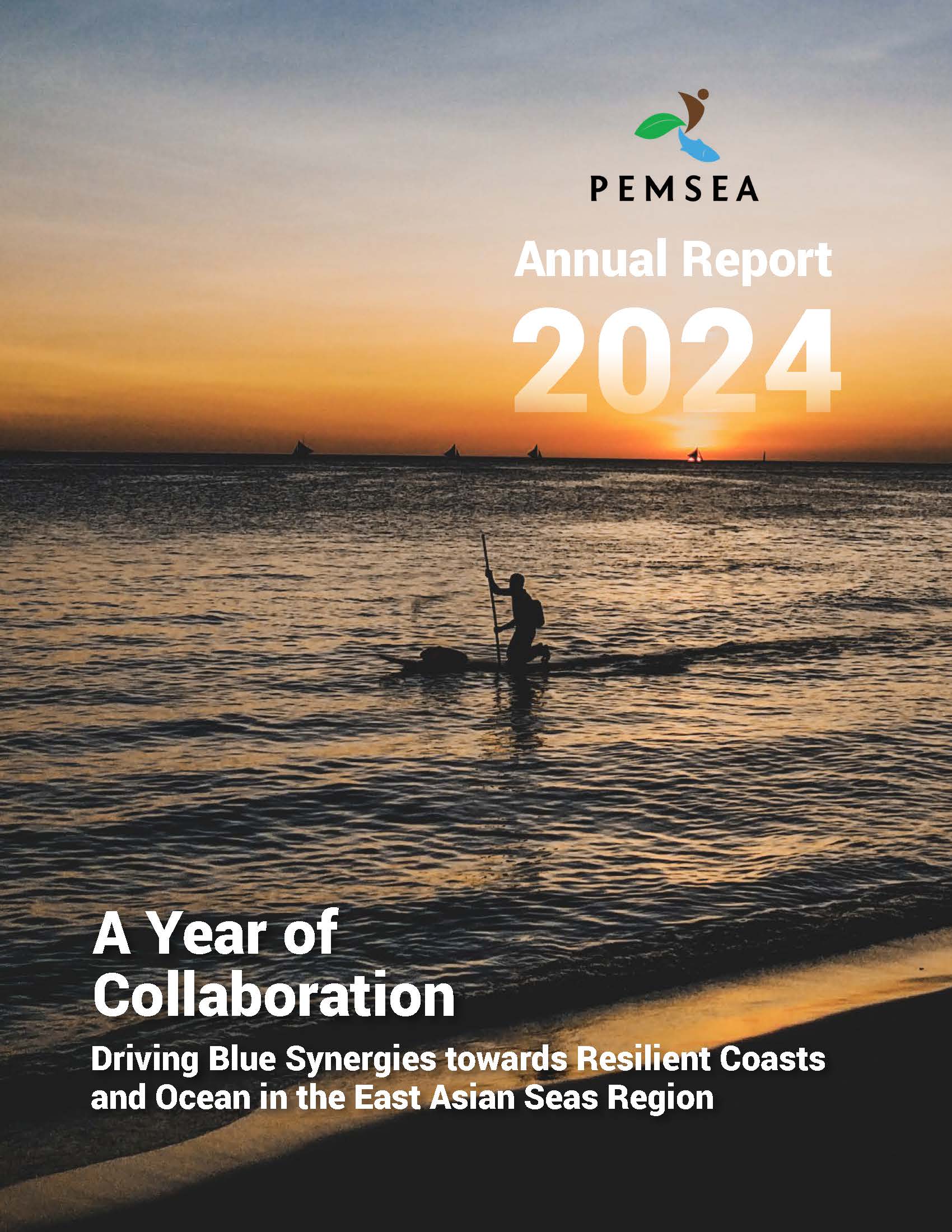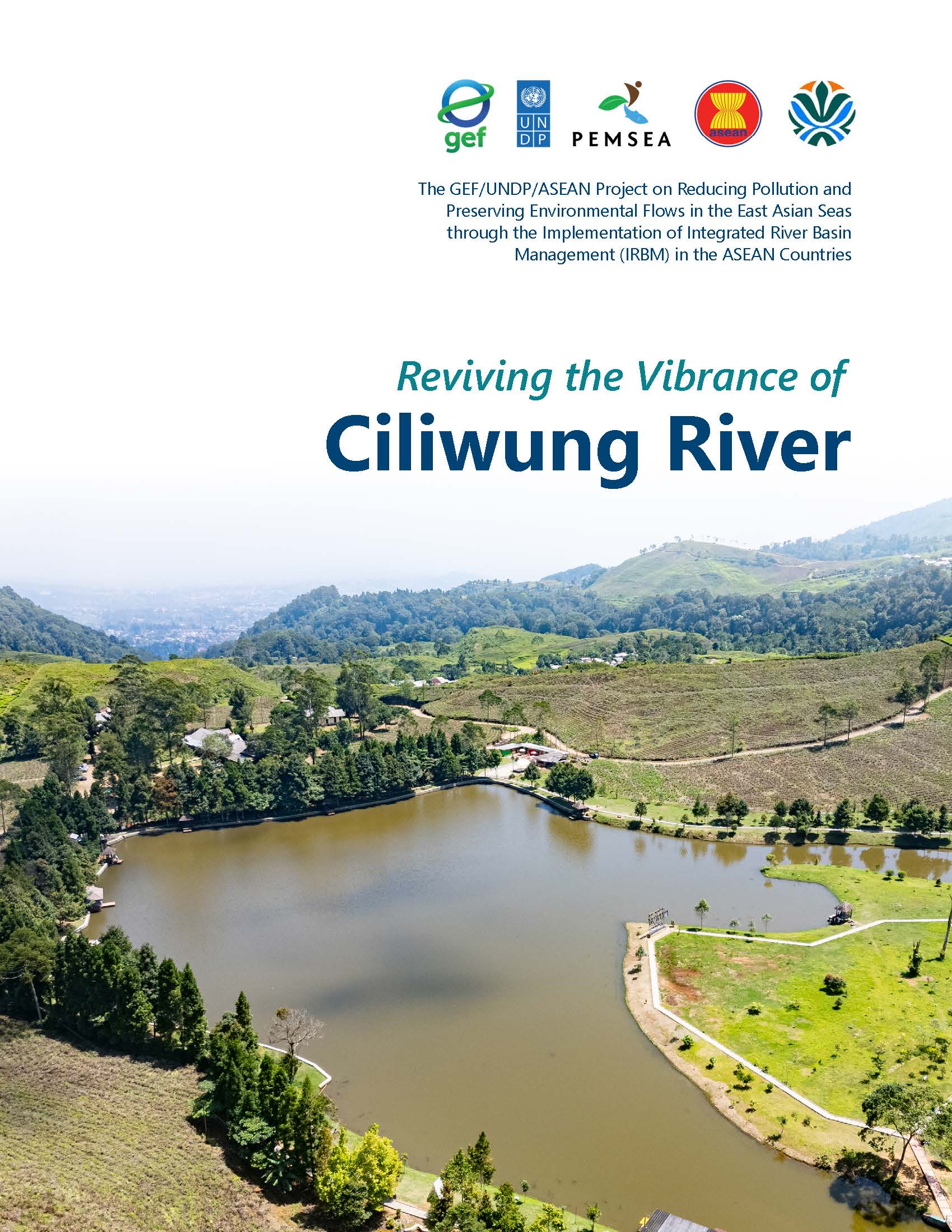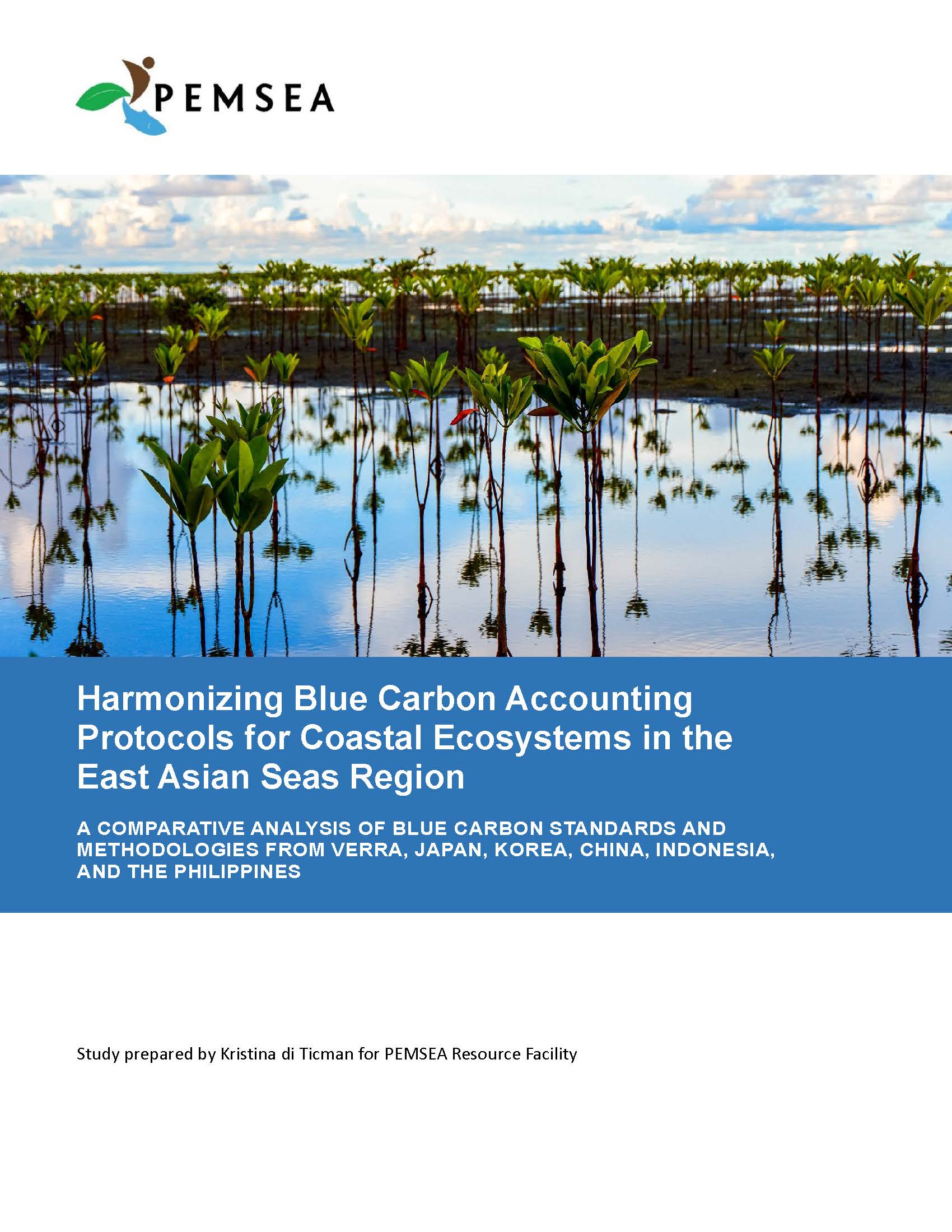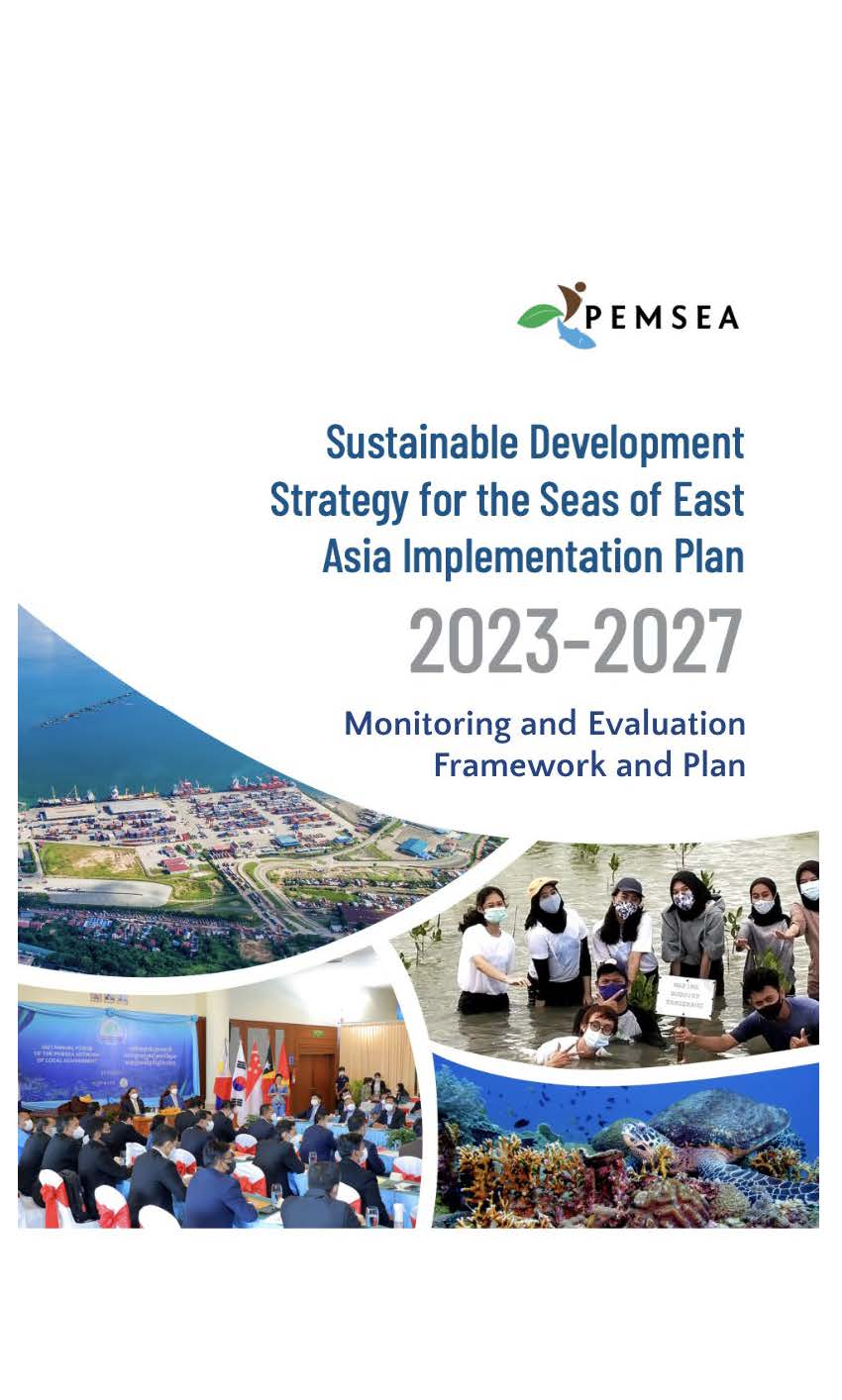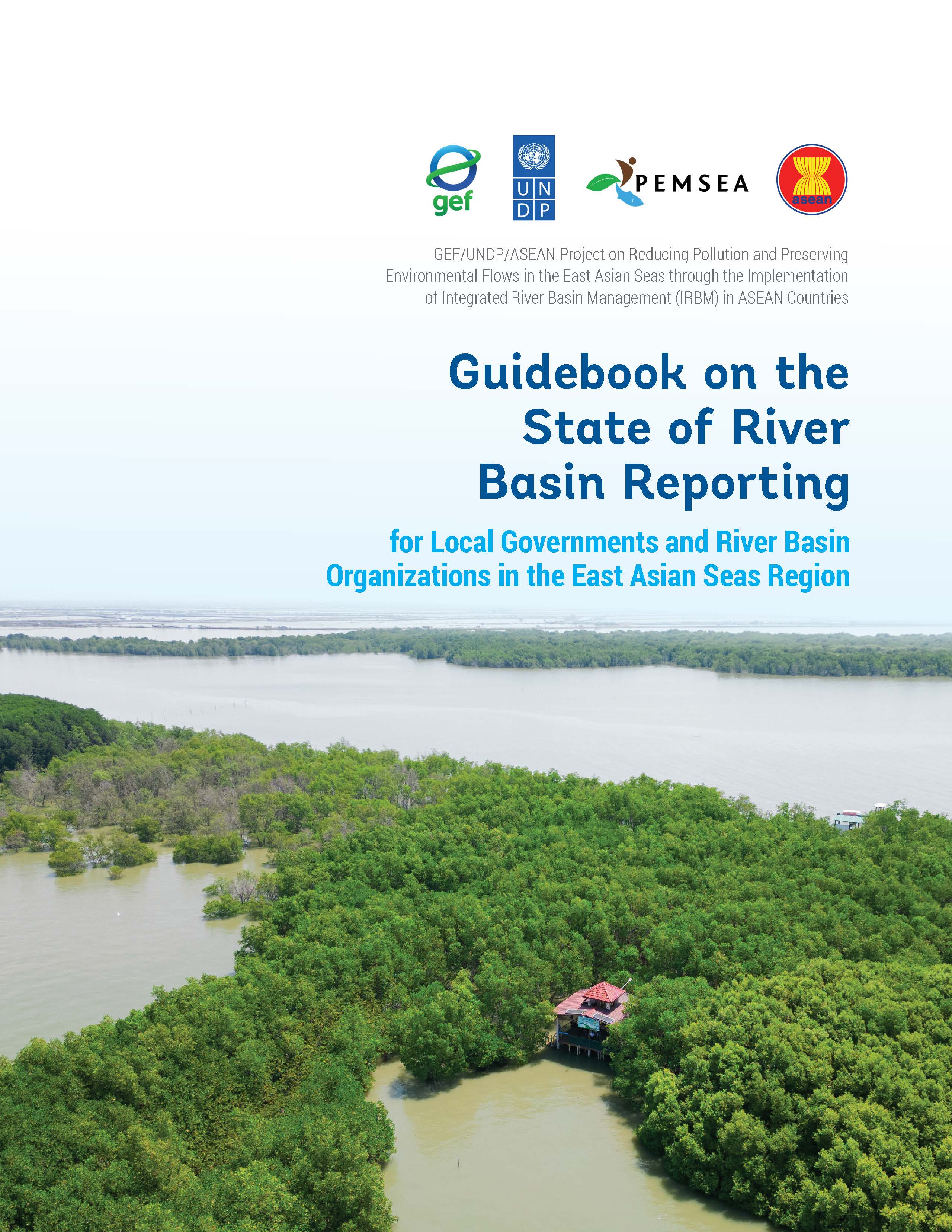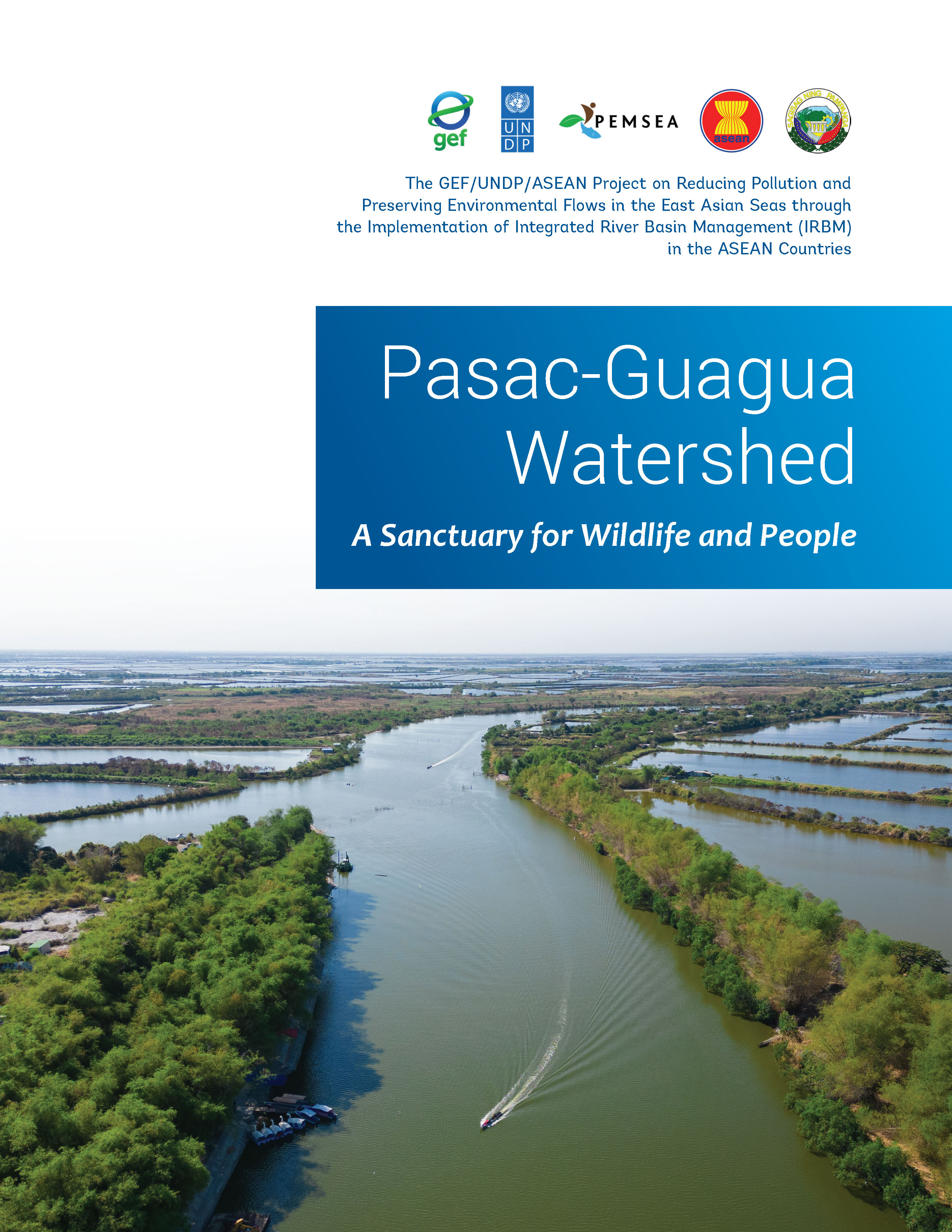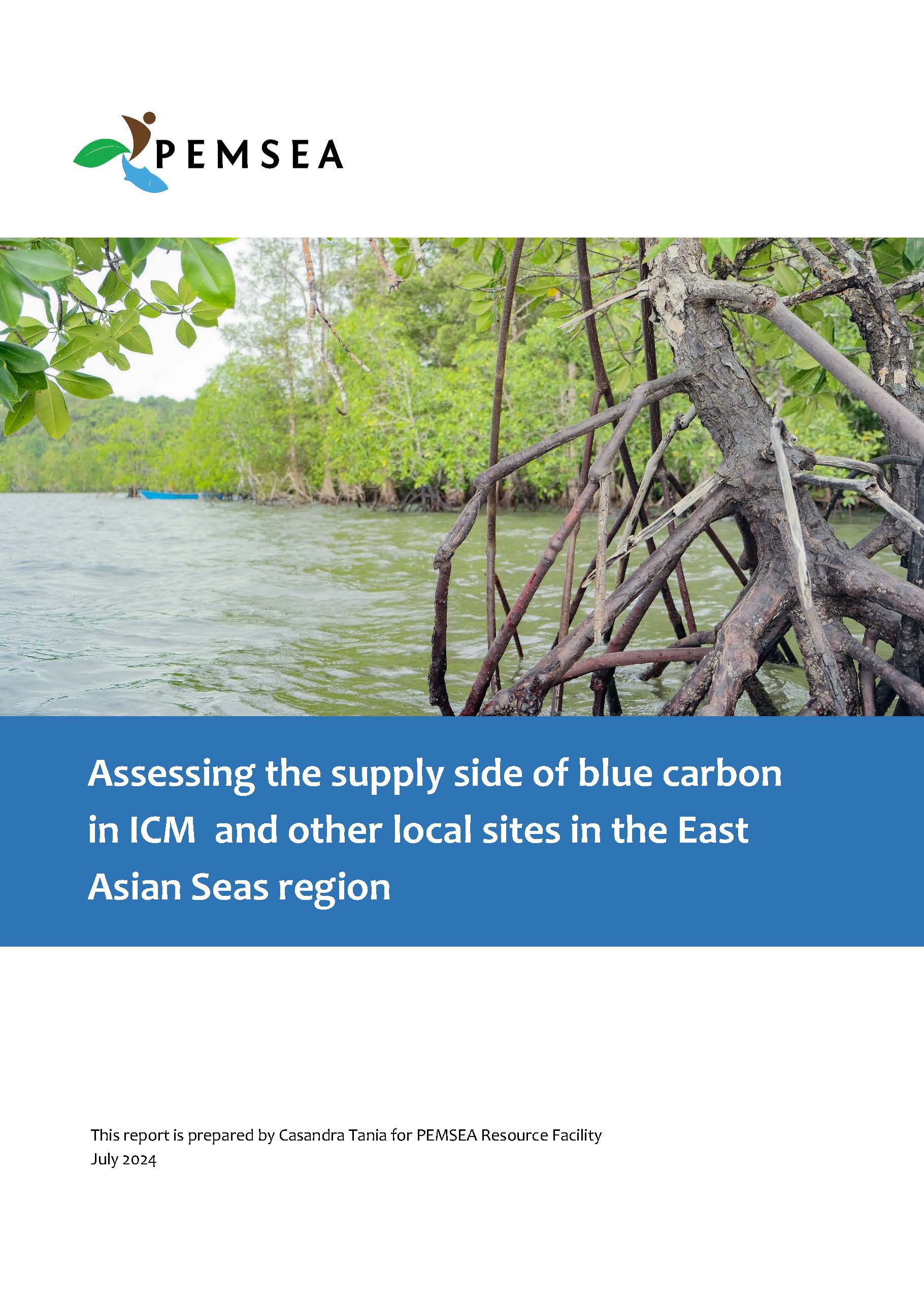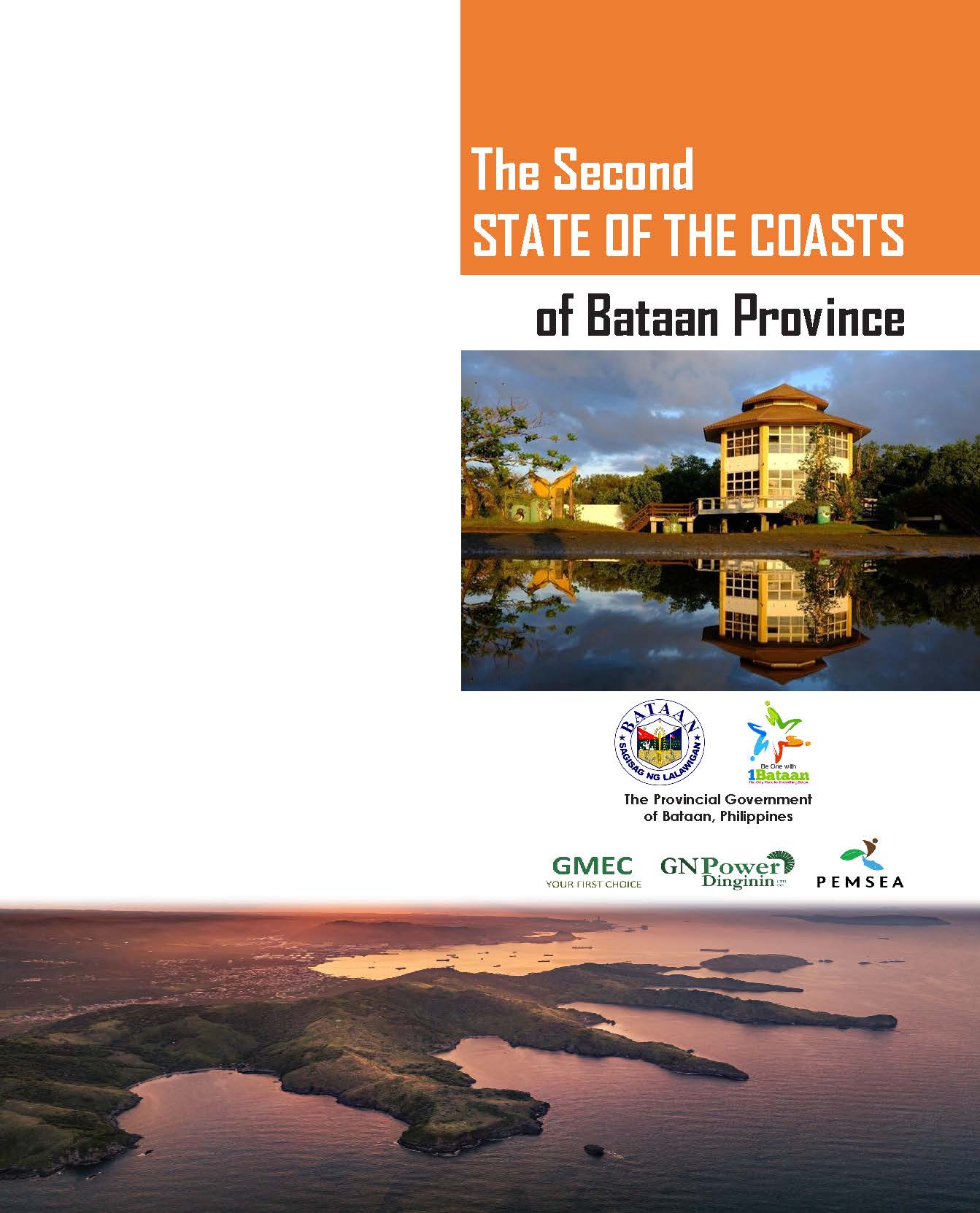
Breadcrumb
PEMSEA Annual Report 2024: A Year of Collaboration: Driving Blue Synergies Towards Resilient Coasts and Ocean in the East Asian Seas Region
2024 was a landmark year for PEMSEA with the successful organization of the EAS Congress 2024 and the 8th Ministerial Forum as key highlights. These milestone events led to stronger and renewed commitments to drive synergistic actions towards sustainable, inclusive and resilient coasts, ocean and communities, aligned with national priorities and global and regional targets.
Check out progress and plans of PEMSEA's projects that address complex interconnected environmental challenges in the region: marine plastic pollution, biodiversity loss and climate change through rigorous baseline data collation, analysis and reporting; enhancing governance and investment plans and programs; knowledge management and technical skills and capacity development.
IRBM Stories - Reviving the Vibrance of Ciliwung River
The Ciliwung River Basin, located in Indonesia, originates in the Bogor Regency and flows 118.25 kilometers to the Java Sea, passing through the cities of Bogor, Depok, and Jakarta. Covering 421.47 square kilometers, it supports over 3,852,000 people and provides essential resources for agriculture, livelihoods, and transportation. The Ciliwung Dam, constructed in 1911, irrigates 333 hectares of rice fields and contributes to the region's renowned tea plantations. The river basin faces significant pollution challenges from domestic and industrial waste. The Integrated River Basin Management (IRBM) Project aims to mitigate these issues through improved governance, community engagement, and sustainable waste management practices.
Harmonizing Blue Carbon Accounting Protocols for Coastal Ecosystems in the East Asian Seas Region
The conservation and management of coastal and marine ecosystems, known as blue carbon ecosystems, have gained prominence for their critical role in climate change mitigation and biodiversity conservation. These ecosystems, including mangrove forests, seagrass meadows, and tidal marshes, are valued for their ability to capture and store carbon, reducing greenhouse gases in the atmosphere. Recognizing their importance, the 15th EAS Partnership Council approved the development of a PEMSEA Blue Carbon Program, managed by the PEMSEA Resource Facility (PRF) with guidance from Dr. Keita Furukawa and the PEMSEA Network of Learning Centers. PRF has outlined a roadmap focusing on supply, market, accounting, and certification of blue carbon.
This study by Kristina di Ticman centers on harmonizing blue carbon accounting protocols in the East Asian Seas region, a proposal agreed upon at the 2nd General Assembly of the PEMSEA Network of Learning Centers reviews accounting protocols from China, Indonesia, Japan, the Philippines, and RO Korea, alongside voluntary standards from VERRA, identifying similarities, gaps, and recommendations for harmonization.
Sustainable Development Strategy for the Seas of East Asia Implementation Plan 2023-2027. - Monitoring and Evaluation Framework and Plan
The SDS-SEA IP 2023-2027 Monitoring and Evaluation (M&E) Framework and Plan was developed through a consultative and participatory process, involving the Monitoring and Evaluation Plan Technical Working Group. The framework was designed to serve as a comprehensive guide for assessing and enhancing sustainable coastal and marine development across the East Asian region. It underscores the critical role of M&E by enabling evidence-based decision-making, ensuring accountability, and fostering continuous improvement, all while aligning with global, regional, and national initiatives to achieve the objectives of the SDS-SEA IP.
EASC2024 Congress Report
The East Asian Seas Congress 2024, in collaboration with the World Ocean Week in Xiamen, convened in Xiamen, China from November 6-8, bringing together 855 delegates from 20 countries. Under the theme "Blue Synergy for a Shared Future: One Sustainable and Resilient Ocean," the Congress resulted in the signing of the Xiamen Ministerial Declaration, renewed partnerships, and strengthened commitments for sustainable ocean management in the East Asian region.
The Guidebook on the State of the River Basin (SORB) Reporting System
The Guidebook on the State of the River Basin (SORB) Reporting System is intended for local governments and/or river basinorganizations in the East Asian Seas region currently or planning to implement integrated river basin management (IRBM)/integratedwater resources management (IWRM) programs. It provides guidance in establishing a regular monitoring, evaluation (M&E) and reporting mechanism, and discusses the requirements, the basis and importance of implementing and sustaining the SORB reporting system.
IRBM Stories - Pasac-Guagua Watershed: A Sanctuary for Wildlife and People
Located in the central region of northern Philippines, the Pasac -Guagua Watershed is a critical source of water and livelihood that supports 152 villages within the watershed. It is one of the major river systems that drain to Manila Bay, considered the main harbor of the country that is connected to a larger marine ecosystem, that is, the South China Sea.
The Pasac-Guagua Watershed is also a biodiversity haven where a portion of it is an important migratory path for water birds. The protection and sustainable management of the watershed is essential not only for the communities and wildlife thriving in the area for coastal and marine ecosystems connected to the river.
Assessing the supply side of blue carbon in ICM and other local sites in the East Asian Seas region
The report provides an overview of the status and management of Blue Carbon Ecosystems (BCEs) in the East Asia Seas (EAS) region, which includes crucial habitats like mangrove forests, seagrass meadows, salt marshes, seaweed beds, and tidal flats. These ecosystems are key for carbon sequestration, climate regulation, and coastal resilience but are increasingly threatened by human activities such as coastal development and pollution. The study aims to evaluate the status of BCEs in Integrated Coastal Management and other local sites in the region, assess current management practices, and explore the interest in expanding Blue Carbon (BC) programs. A survey conducted across 20 sites in six countries, along with additional data from State of Oceans and Coasts reports, reveals the significant ecological and economic value of BCEs, while also highlighting persistent management challenges. The findings show a strong interest in BC initiatives, particularly in BCE restoration and conservation, and emphasize the need for improved data collection on less-represented BCEs. The report suggests that integrating these findings with market demand assessments will be crucial for developing effective BC programs and supporting sustainable practices in the EAS region.
Second State of the Coasts Report of Bataan Province
The implementation of the Integrated Coastal Management (ICM) program commenced in the Province of Bataan in 2000. The first State of the Coasts (SOC) Report was published in 2017, covering the period 2000-2015. The report provided a baseline for evaluating the impacts of management interventions and solutions to issues related to the socioeconomic and environmental status of Bataan.
The Second SOC Report, covered the period 2017-2022, and identified discernible trends and changes taking place in the coastal areas of the province as a result of the implemented policies and programs, projects, and activities (PPAs) to respond to governance and sustainable development aspect issues. This Report is the consolidated output of the collaborative efforts of the provincial government, city and municipal governments, national government agencies (NGAs), the private sector, and academe.
